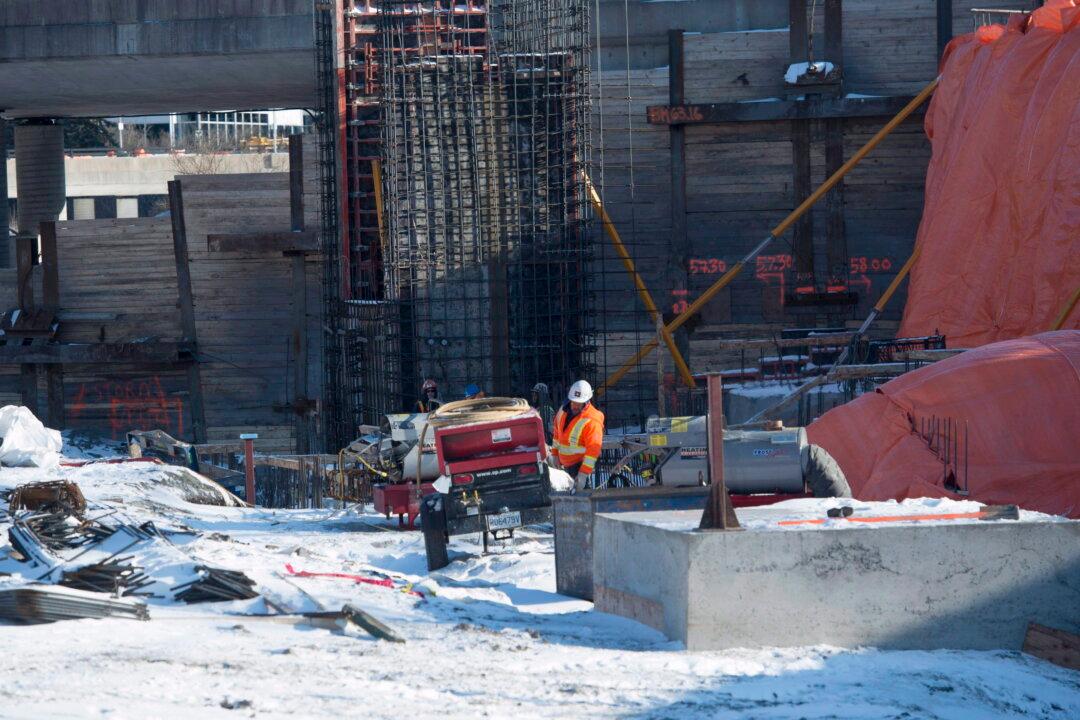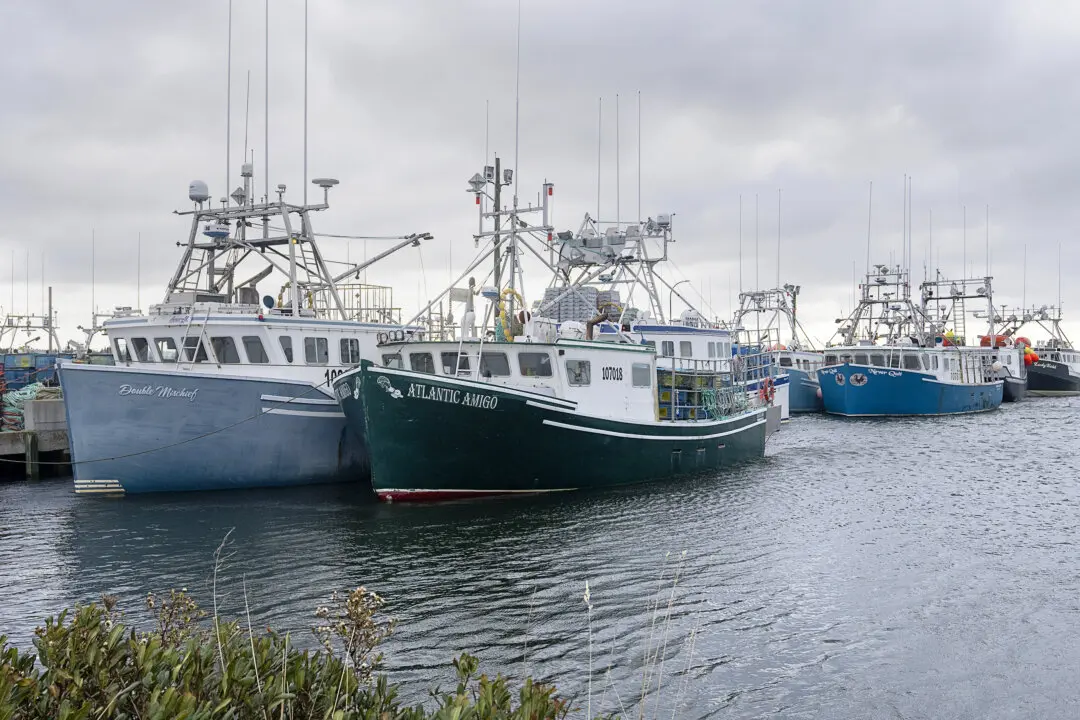Commentary
As a general rule, if you see a shiny new transit megaproject approaching your town, you should get into a private automobile and drive slowly away. But Canadians should hit the gas hard, because even in a world where politicians and contractors manage to overestimate benefits and underestimate costs with uncanny precision, we are overachievers.





